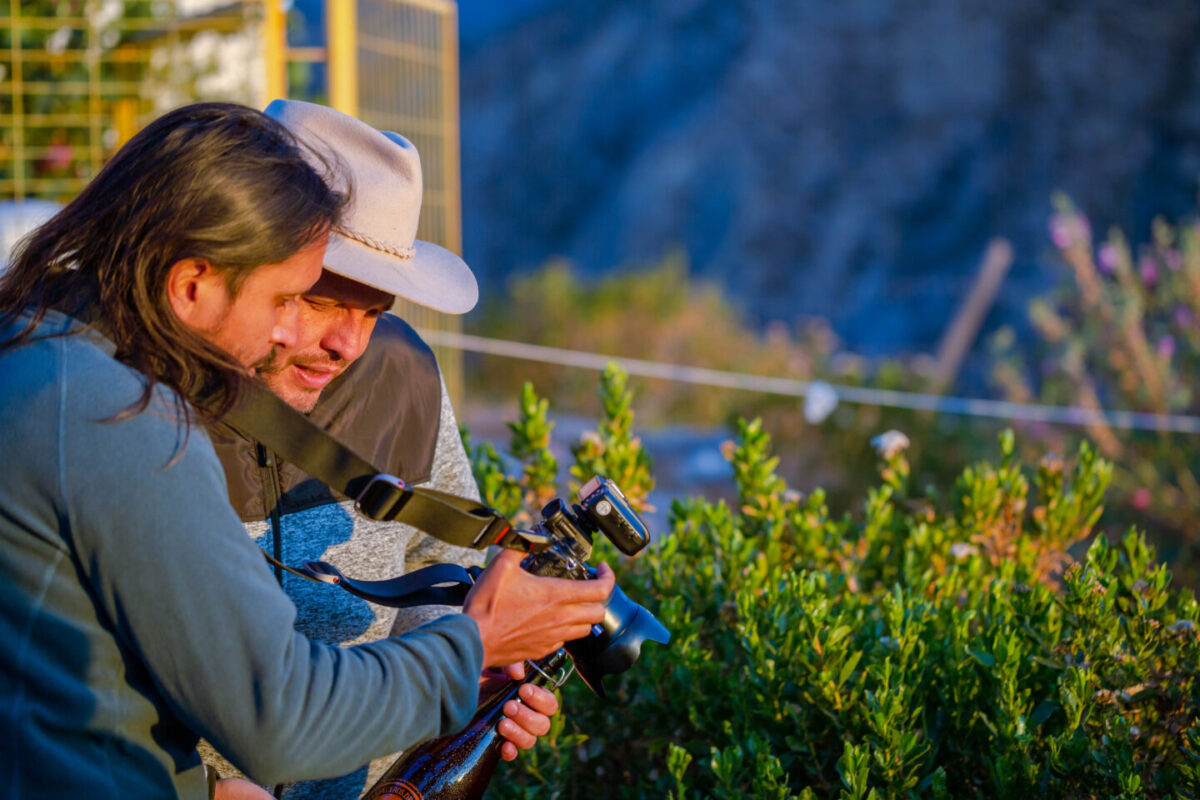Putre (“whispering waters” in Aymara language)
Is located 130km east of the city of Arica. It is a great starting point for visits within the region of Parinacota, for example to the National Park Lauca, which was declared Natural Heritage and Biosphere Reserve by the UNESCO.
What to See
National Park Lauca - Chile
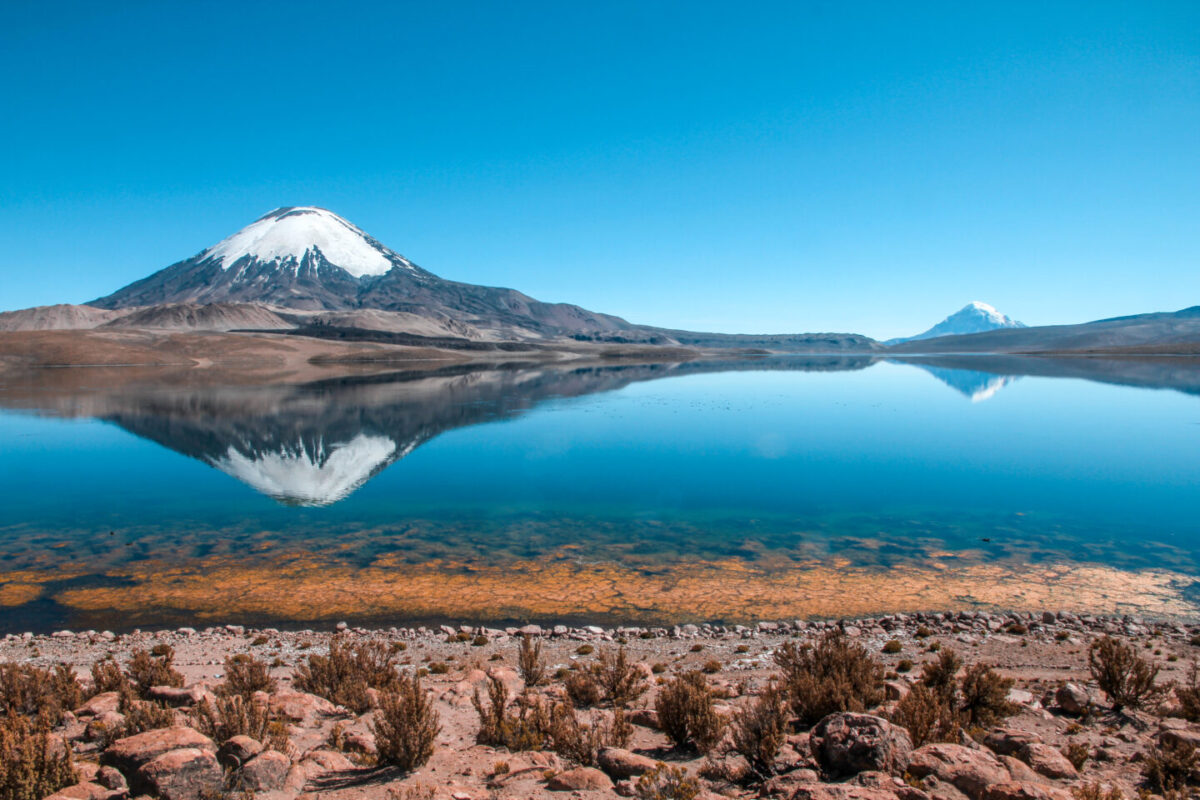
One of the main attractions of the region is the National Park Lauca. This Biosphere Reserve has a rich flora and fauna. It is home to many species like the puma, the Andean fox, the guanaco, the vizcacha, the vicuña and over 130 different kinds of birds, like the flamingo or the condor. The park covers an area of 137.883 hectares of land, stretching across the Precordillera and the Altiplano at an altitude between 3.200m and 6.342m above sea level.
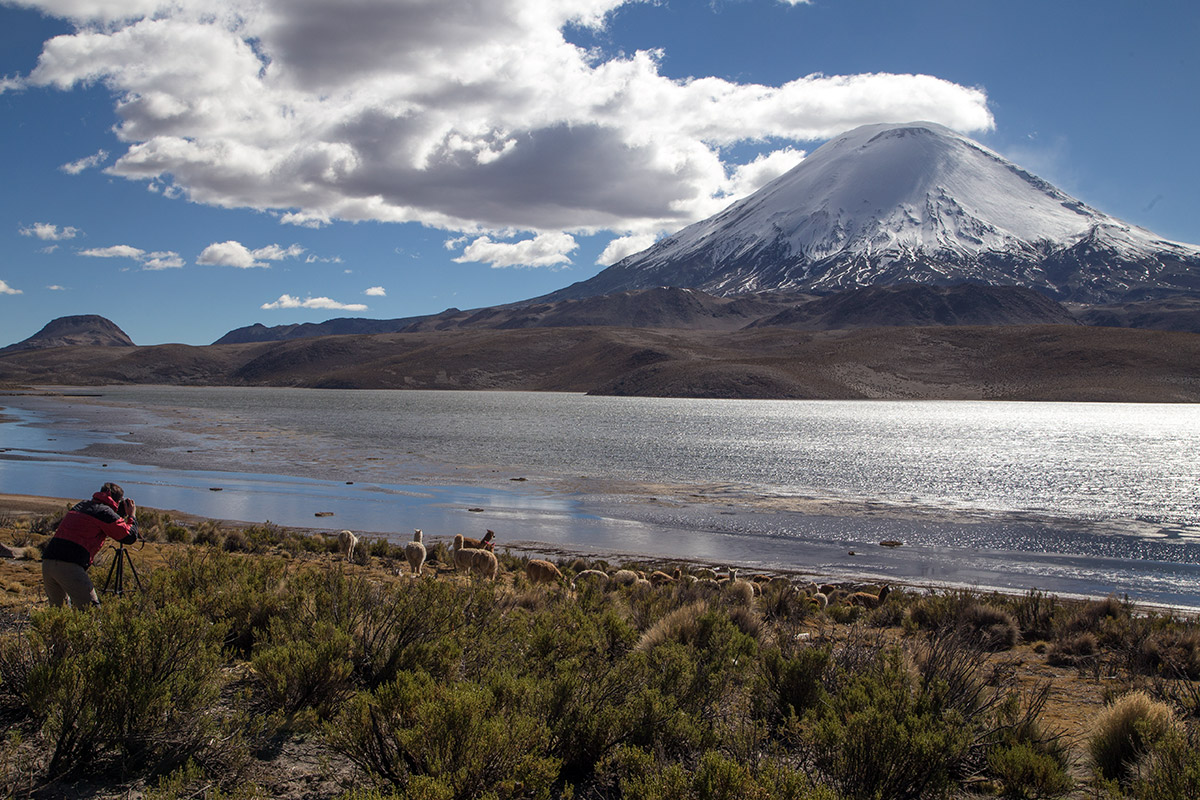
The National Park Lauca is one of the most valuable protected areas in South America. In 1981, it was declared Biosphere Reserve by the UNESCO.
The park is known for its scenic beauty. Among the most famous landscapes are the Lago Chungara, the lagoons of Cotacotani and the Volcanoes Payachatas (Parinacota and Pomerape). In the park, one can find a variety of protected species like the vicuña, the puma, the Andean fox, the vizcacha, the giant tagua and many bird species that nest in the high wetlands. The flora includes quinoa trees, llareta and local bushland.
A biosphere reserve is a piece of land that represents important habitats of our planet. This can include terrestrial as well as maritime environments. In contrast to a mere national park, a biosphere reserve is not exclusively dedicated to the protection of the natural ambience and its species, but it is a region that may be inhabited and used by humans, under certain circumstances.
Other Interesting Places
Lago Chungara: One of the highest lakes in the world, located at 4.520m above sea level and surrounded by the snowy peaks of the Payachatas volcanoes.
Lagunas Cotacotani: A group of lagoons stretching across an old lava field, a spot of great scenic beauty.
Sector de las Cuevas: Typical wetland surrounded by rock formations and caves.
Parinacota Village: Pre-Columbian village with a colonial church.
Salar de Surire: Salt lake surrounded by mountain peaks, characterized by the bright blue hot springs and the presence of numerous flamingos.
Reserva Nacional Las Vicuñas: Vicuña reserve, home tot he volcano of Guallatiri.
- Cerro Milagro & Suriplaza: The “colored” mountains.
- Volcano Taroca, Aguas Calientes and much more…
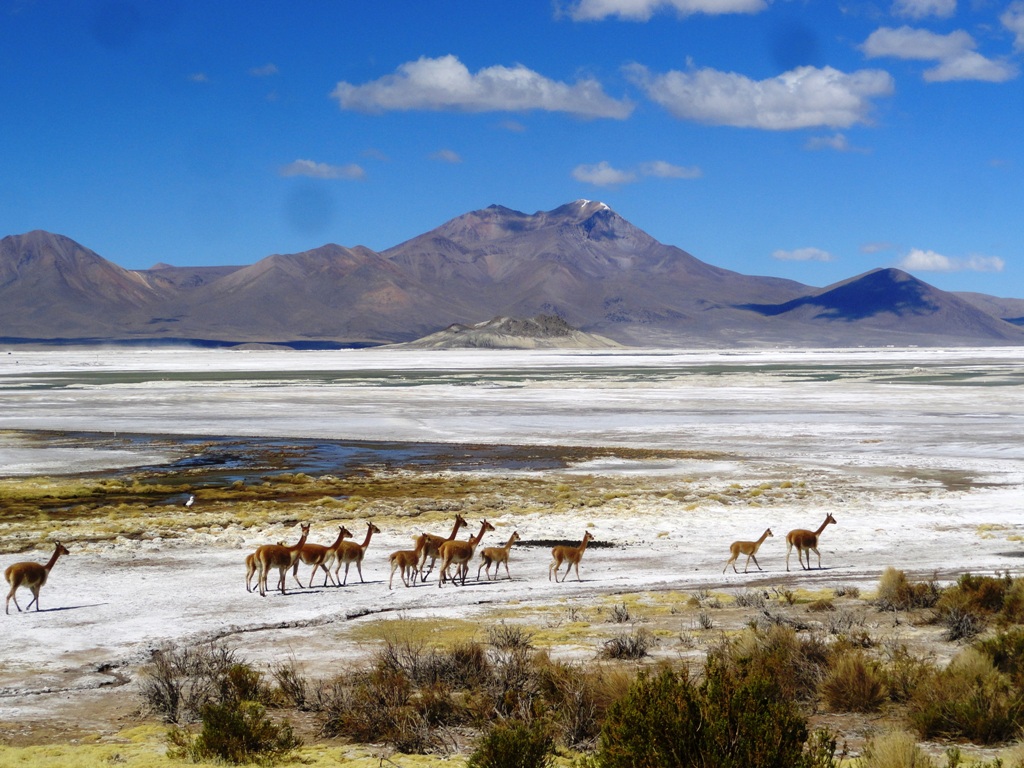
What to Do
The area offers many possibilities for activities around culture and nature: Trekking, mountaineering, observation of flora and fauna, bird watching, walks to ancient rock paintings, hot springs, photography,… .
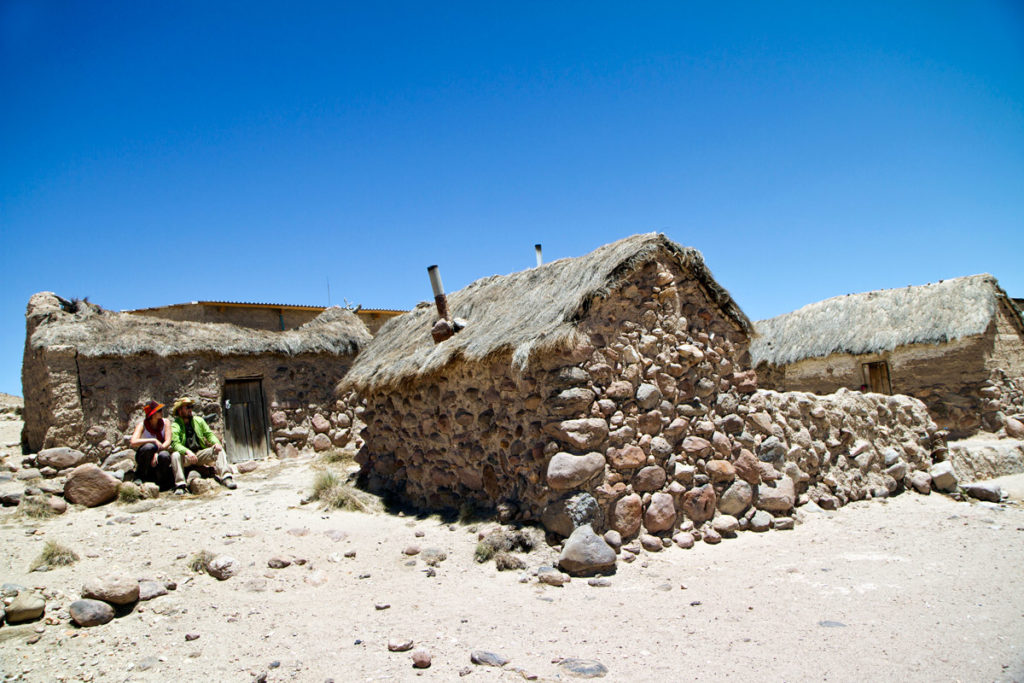
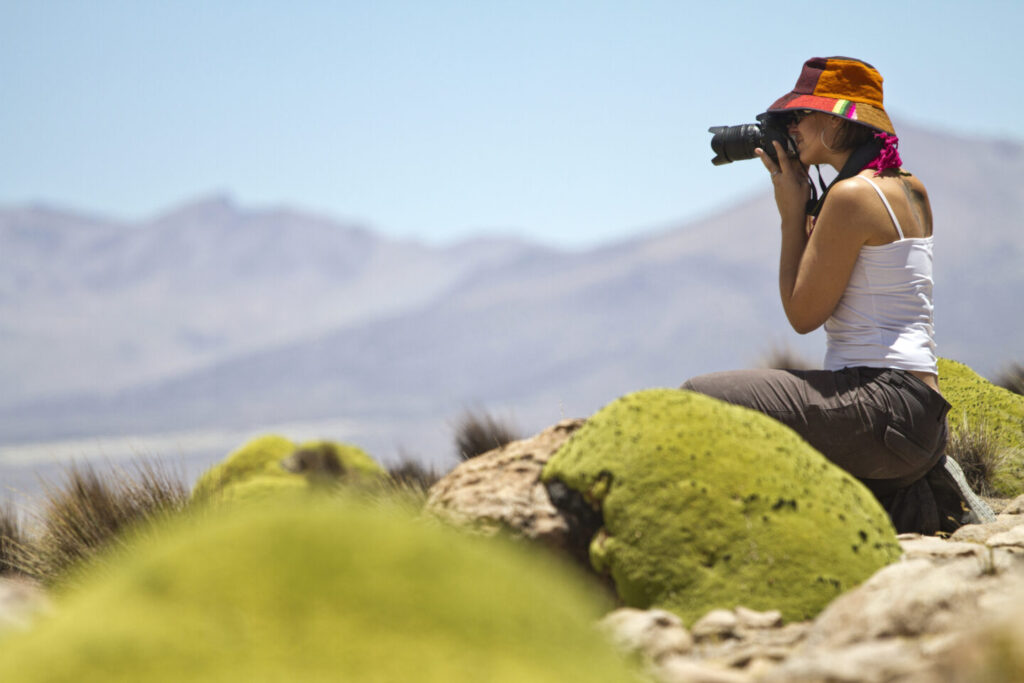
Useful Information
During summertime (from December until March) heavy rainfalls can occur in the area. Throughout the rest of the year, the climate is dry and the temperature changes from day to night are very high. In the winter months (from June to September), temperatures can fall below zero in the night. This is why it is recommended to bring warm clothing, but also sunglasses, a hat and sun blocker.
Some regions, especially the Salt Lake Surire and Suriplaza, are not easily accessible for all types of vehicles. In some parts of the route, mostly in the Precordillera (Belen, Ticnamar, etc.), landslides can block the way during summer. This can cut off the way from Zapahuira (Ruta 11) and Codpa. During rainy season, it is therefore advisable to travel in 4×4 vehicles.
Given the high altitude, it is recommended to take some time to acclimatize in Putre. From here, you can slowly start traveling to the higher altitudes. In Putre, there are many useful amenities like drinking water, telephone signal, restaurants, small shops for food and handicrafts, a local doctor and a police station.
For all the bird watchers and nature lovers, please do not hesitate to talk to our staff. We will be happy to indicate good places to go and what to see in the area.
